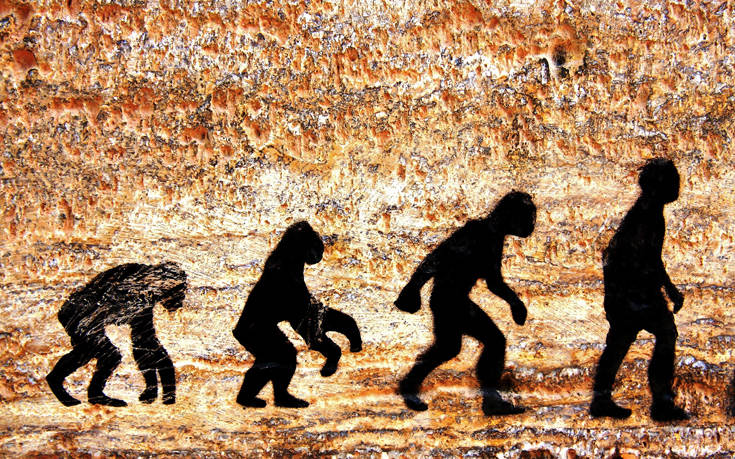
About 500,000 years ago, when both the ancestors of modern humans (homo sapiens) as well as our “cousins” the Neanderthal were wandering around the world, one thing happened determinant gene mutation which resulted the brain of our ancestors began to produce significantly more brain cells (neurons), according to a new German scientific research. This mutation probably gave the ancestors of homo sapiens a cognitive-mental advantage over Neanderthals.
The researchers of two Max Planck Institutes (Molecular Cell Biology & Genetics in Dresden and Evolutionary Anthropology in Leipzig), who made the relevant publication in the journal “Science,” they identified the vital mutation in the TKTL1 gene that regulates a protein that is created when the fetus’s brain begins to develop. The mutation, which changed an amino acid (a building block of proteins), resulted in a protein different from that of Neanderthals and apes, which favored the proliferation of brain neurons, especially in the neocortex, the seat of cognitive functions.
The researchers introduced the mutated human TKTL1 gene into the brains of embryonic rodents, as well as organoids (mini lab brains), confirming that this leads to the development of significantly more nerve cells (glial ciliary cells) that are precursors to neurons. In contrast, the Neanderthal non-mutated version of the gene resulted in significantly slower neuronal growth.
“This is an unexpectedly important gene. It sheds a whole new light on human evolutionsaid neurologist Arnold Kriegstein of the University of California, San Francisco. For “random mutation that had massive implications” said lead researcher Willand Huttner. “Creating more neurons sets the stage for higher cognitive function. We think she is the first convincing evidence that modern humans were cognitively superior to Neanderthalshe added.
Researcher Anneline Pinson estimated that “although we don’t know how many neurons the Neanderthal brain had, we can now assume that modern humans had more neurons in the frontal lobe of their brain, where TKTL1 activity is greater than in Neanderthals.” .
The fossil record shows that the brains of humans and Neanderthals were about the same size, which means that the human neocortex was either denser, or occupied a larger part of the brain. Homo sapiens and Neanderthals, as APE-MPE notes, separated evolutionarily about 400,000 years ago, with our ancestors remaining in Africa and our “cousins” moving to Europe.
About 60,000 years ago, the mass migration of homo sapiens to our continent, brought the two species face to face once more and led to interbreeding, mresulting in modern non-African humans having 1% to 4% Neanderthal DNA. The latter disappeared about 30,000 years ago and it remains a mystery how and why this happened (and to what extent homo sapiens had a hand).
“It is a fact that wherever homo sapiens went, it outcompeted the other species that were there. Neanderthals existed in Europe long before us and would have adapted to their environment, including pathogenic microbes. The big question is why we were able to overcome them,” said Professor Laurent Nguyen of the University of Liège.
A possible explanation is that our ancestors proved to be mentally superior, and the new study seems to bolster that theory. Professor Chris Stringer of London’s Natural History Museum described the new research as “groundbreaking” as he said it begins to shed light on one of the central mysteries of human evolution: why today – despite the existence of many human species in the past – has only homo sapiens remain.
Source: News Beast
I’m Robert Neff, a professional writer and editor. I specialize in the entertainment section, providing up-to-date coverage on the latest developments in film, television and music. My work has been featured on World Stock Market and other prominent publications.







